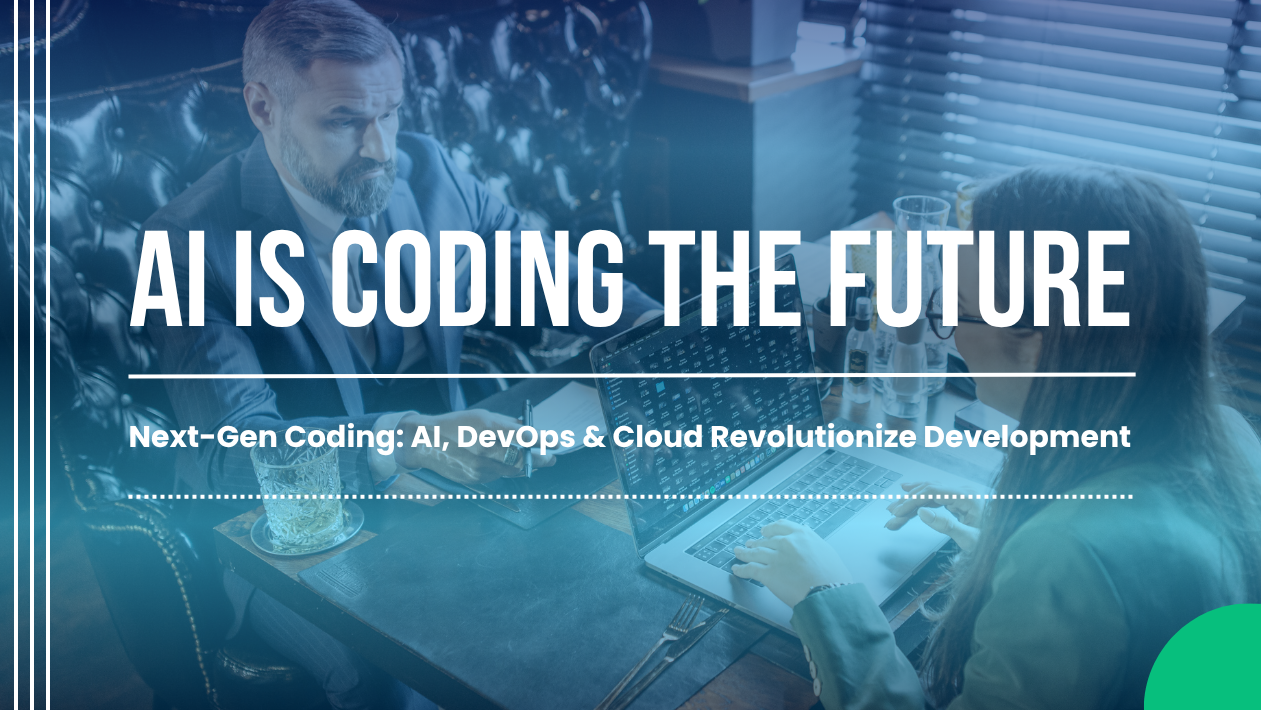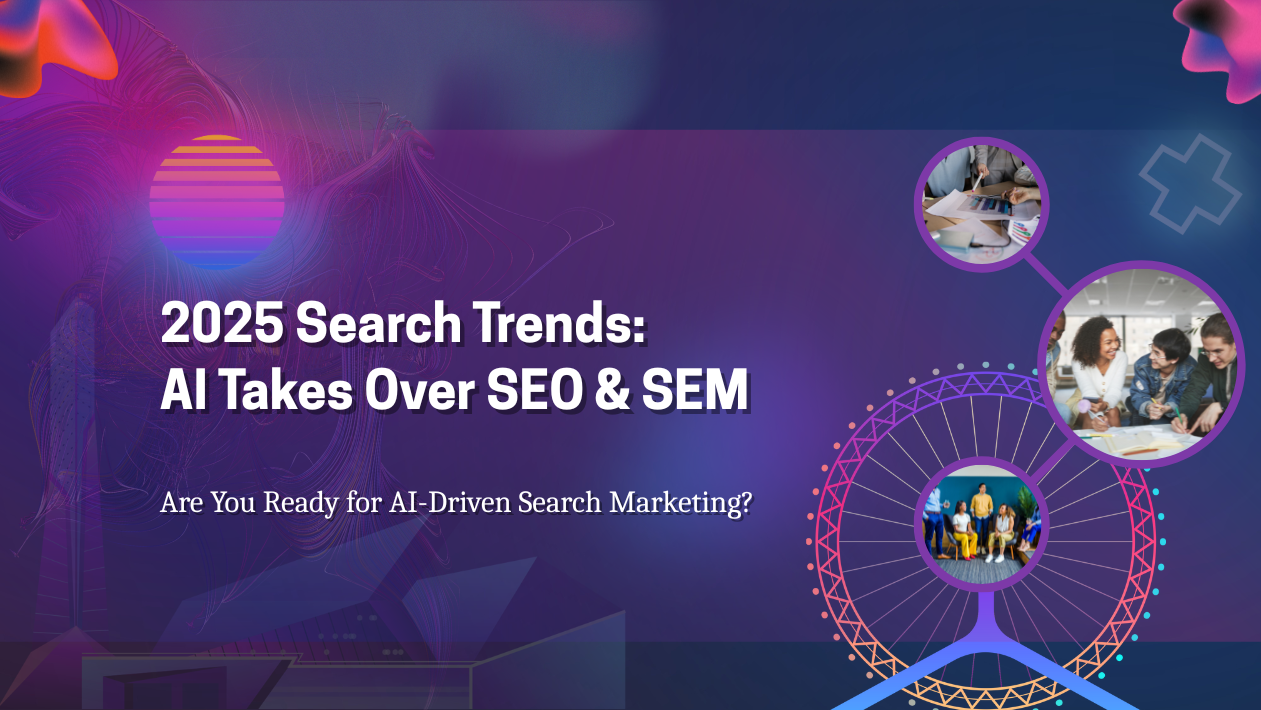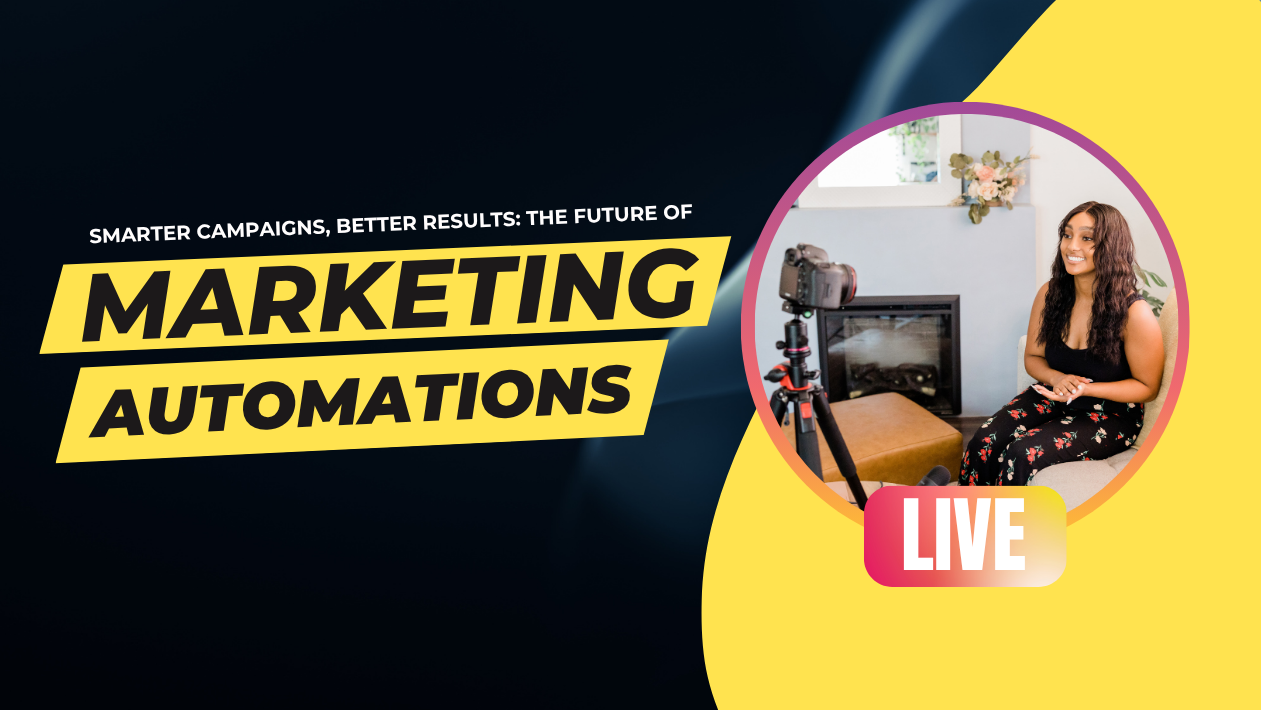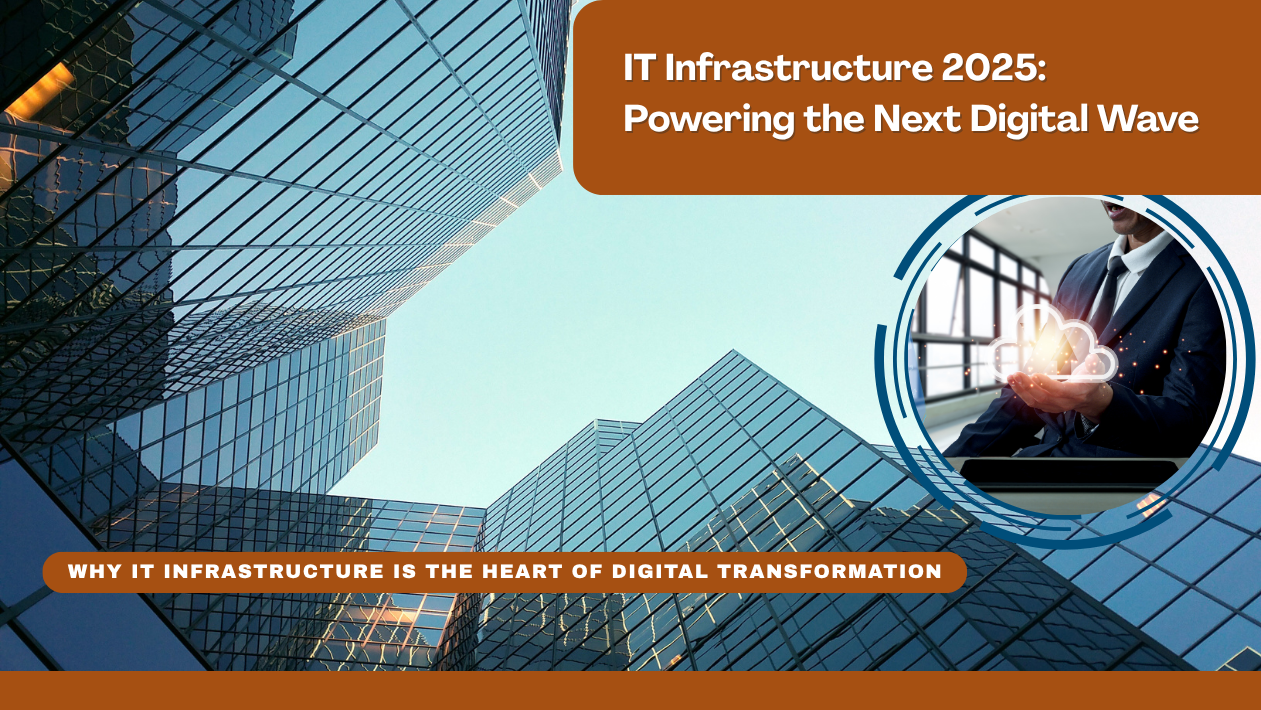Introduction
While Agile and DevOps dominate contemporary software development practices, traditional methodologies like Waterfall still hold relevance in certain scenarios. In 2025, Waterfall is being reimagined to address the challenges of modern development while retaining its structured approach.
The Traditional Waterfall Model
The Waterfall model is a linear and sequential approach to software development, where each phase must be completed before the next begins. This methodology is best suited for projects with well-defined requirements and minimal changes during the development process.
Challenges with Traditional Waterfall
- Inflexibility: Once a phase is completed, revisiting it can be costly and time-consuming, making it difficult to accommodate changes.
- Delayed Testing: Testing occurs late in the development cycle, potentially leading to the discovery of critical issues near the project’s end.
- Limited Stakeholder Involvement: Stakeholders may have limited opportunities to provide feedback until the project is near completion.
Reimagining Waterfall for 2025
- Iterative Waterfall: By incorporating iterative cycles within the Waterfall framework, teams can revisit and refine previous phases, allowing for more flexibility.
- Early Testing: Integrating testing early in the development process helps identify issues sooner, reducing the cost and time required to address them.
- Stakeholder Engagement: Regular check-ins with stakeholders throughout the development process ensure that the project aligns with their expectations and requirements.
Implementing Reimagined Waterfall at “The Tech Whale”
At “The Tech Whale,” we have adapted the Waterfall methodology to fit the needs of our clients. By introducing iterative cycles, early testing, and continuous stakeholder engagement, we deliver projects that meet client expectations while maintaining the structured approach of Waterfall.
Conclusion While Agile and DevOps are prevalent in modern software development, traditional methodologies like Waterfall can still be effective when adapted to contemporary needs. By reimagining Waterfall, organizations can leverage its strengths while addressing its limitations.





